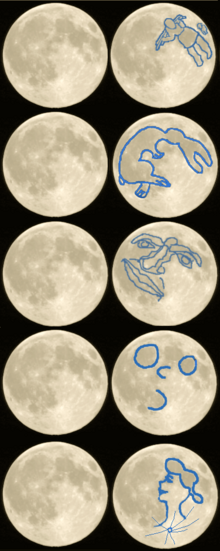Bias
Bias means that a person is very prefers an idea and possibly does not give equal chance to a different idea. Bias can be influenced by a number of factors, such as popularity. (for example, a newspaper might be biased towards a particular political party due to their employees sharing the same political beliefs as that party

Bias in an article or editorial would show one point of view, using selected facts and quotes to support that point of view. Facts or opinions that do not support the point of view in a biased article would be excluded. For example, an article biased toward riding a motorcycle would show facts about the good gas mileage, fun, and agility. An article biased against motorcycle riding would show facts about risk of injury and noise, and ignore positive facts about motorcycles.
An article biased against guns would show only facts and information that support the author's position. They would list suicides, accidental shootings and other facts showing guns in a negative way. An article biased for guns should show only information that supports the author's position. The positively biased article would discuss 'lives saved' by guns, numbers of crimes prevented by civilian gun use, and other facts and data that put gun ownership and guns in a good light.
Bias in writing can also be shown by using bad or slang words to refer to groups of people or things. "Broads" rather than "women"; "murdercycles" rather than "motorcycles". Words or phrasing that make wide assumptions about races or groups of people also indicates bias. "All Chinese people are good at math".
Bias also means mistakes in measurements. For example, a person may measure the height of another person wearing shoes. The shoes make the height more than the same person without shoes. If the extra height of the shoes (extra bias) was not explained, someone might think that the person had been measured without shoes on. Data with extra parts not explained is called biased data.
Related pages
changeOther websites
change